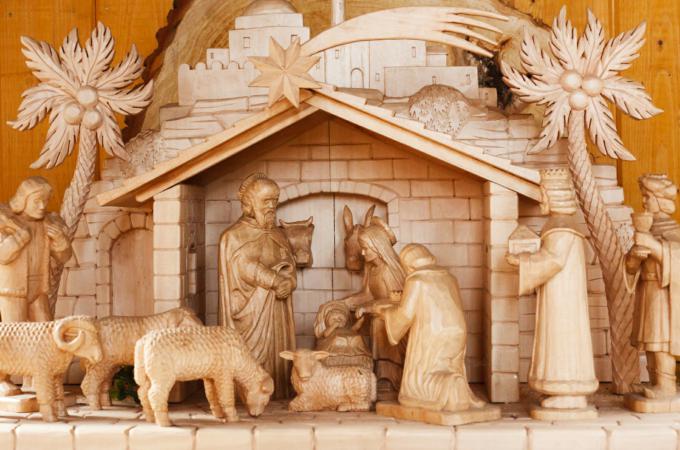When the child Jesus and the three kings brought Christmas
We all remember the traditions that lit up our eyes when we were children. Christmastime is perhaps one of those moments of the year when most adults revisit the memory alleys of our childhood with joy.
Speaking with a group of Catholic friends who grew up in Latin America and now are raising families in the U.S., I asked them which Christmas traditions they remembered most fondly.
Almost unanimously, they agreed that Christmas was about celebrating the birth of Jesus. For most Latin Americans and U.S. Hispanics, Christmas still has a strong religious connotation.
The group also agreed that being with one's family was to be at the top of the list.
In Latin America and among many U.S. Hispanics, Christmas is largely the most revered moment to be with family, perhaps the closest equivalent to Thanksgiving Day.
Strong on the priority list ranked the sense of fiesta that accompanies the Christmas season and the days leading to it.
The construction of colorful and lively mangers ("pesebres," in Spanish) captured the creativity of young and old, working together avidly as teams. Everyone's idea was good.
I remember as a child adding some of my toys. There was no need for theological correctness. It was our family manger. Years later, building a manger with my children, they replaced the traditional ox and donkey with dinosaurs. My wife and I looked at each other and said, "Why not!" The Gospel of Luke does not mention any animals at the manger. In the sacredness of home, the sky is the limit.
The construction of the manger was not limited to the Nativity scene, though. Entire villages and cities rose in our homes. If Jesus is being born in our day and age, then having buildings, and cars, and books, and kitchen toys, and phones, and many other modern things seems quite appropriate. Why not!
As we remembered traditions, I was intrigued about who brought the Christmas gifts.
Until recently, the one who brought the Christmas gifts in most Latin American countries was the child Jesus ("el nino Dios"). In Central America and in the Spanish-speaking Caribbean, there is also a strong tradition to have the three kings bring the gifts.
The religious meaning of these traditions is obvious. Catholicism has shaped deeply and continues to shape the Hispanic/Latin American Christmas imagination.
However, that is changing, and fast. The jolly, old man in red, Santa Claus, is gaining ground. In most of Latin America and among most U.S. Hispanics today, Santa is who brings the Christmas gifts. Many, if not most, Hispanic children associate Christmas mainly with Santa.
I do not want to pick up a fight with Santa. I am actually fond of the fellow.
Yet, despite the efforts of many Catholics and other Christians to cast Santa as a pious character and to associate him with St. Nicholas, I sense that the larger culture is already comfortable with just a jolly, old man in red, bringing gifts to children and posing for pictures at this time of the year.
Traditions change. Yet, traditions also remain alive when we nurture and pass them along.
U.S. Hispanic Catholics can join the effort to try to make Santa "more Christian" or simply let Santa take the place of Jesus during Christmas. Both are big decisions that will define how we practice our faith at this time of the year.
Perhaps our best contribution to the larger U.S. Catholic experience is to live and affirm those Christmas traditions that explicitly remind us of Jesus Christ. We have done it for centuries. We can do it today. Feliz Navidad.
- Hosffman Ospino is assistant professor of theology and religious education at Boston College's School of Theology and Ministry.



















